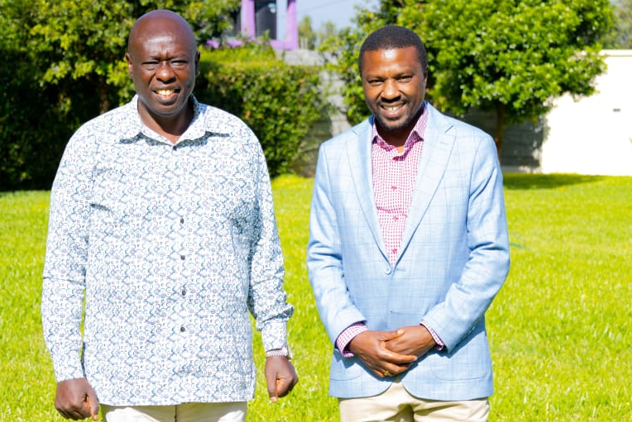Bloc pushes for new railway line with eyes on agro-industrial park

Lake Region Economic Block (LREB) counties have embarked on fresh prospects of having a rail line to connect them with the national line.
In the LREB’s plan, the 14 counties will each have a railway line but with the main focus on the upcoming multi-billion agro-industrial park investment at the Sironga area in Nyamira.
Currently, the national railway line serves Kericho, Kisumu, Nandi and part of Narok. But according to officials, the prospected rail line will have all the other counties well served with the national line.
Other counties in the Block include Siaya, Nyamira, Kisii, Homa Bay, Migori, Bomet, Nandi, Vihiga, Bungoma, Trans-Nzoia and Kakamega.
Already, the block has entered into a memorandum of engagement with the Indian Railway Corporation, which will be the key implementer of the project after its viability shall have been fully envisioned.
Some leaders from the Lake Region at the weekend made a physical survey across Nyamira, Kericho, Bomet and parts of Kisumu. These counties form the main areas that will benefit from the infrastructural expansion.
The delegation was headed by the Lake Region Block chief executive Victor Nyagaya and Nyamira Governor Amos Nyaribo and County Executive Members alongside officers from the Indian Railway.
“Expansion of the railway transport in the Lake Region will enhance trade. We are talking about over 15 million people benefitting from the initiative and we hope the region will be a model development zone,” Nyagaya said.
Cheap power
“Serving the counties with rail transport will make the venture cheaper because of the low cost involved in rail transport,” Nyaribo said.
Also in the prospect is the introduction of cheap power options, which the block said will be exploited by experts from India.
Raju Gannavarapu, one of the delegates from India who made the visit and who will lead the energy exploration team, assured the counties that the power option that will be provided will lower the cost of energy production by half.
Among the options being considered include solar energy and hydropower, which, according to Dr Raju will have to be tapped from within the area.












